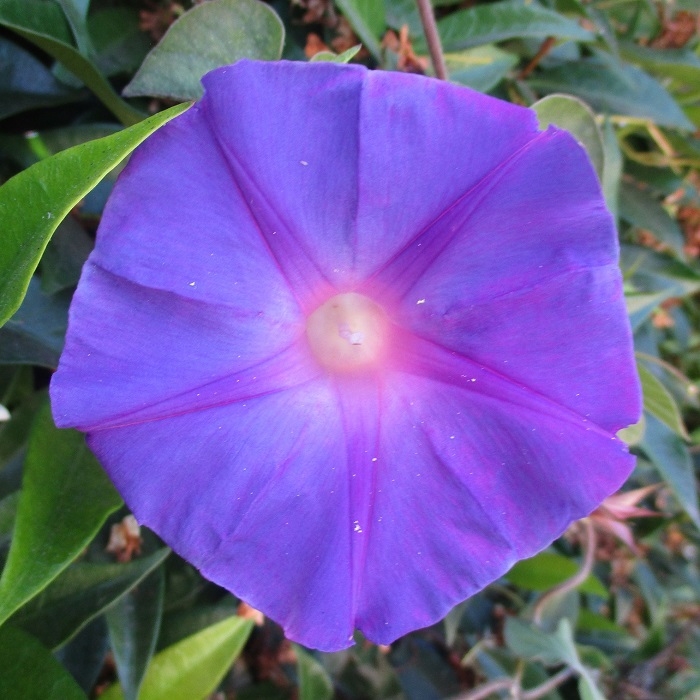UNITED STATES—Most of the familiar vines really are exploitative bullies. They shade the same trees and shrubs that they climb for support. Some will even strangle and kill those who make it possible to get where they want to be. If they do not find trees or shrubs to victimize, they are likely to climb walls and ruin the paint, stucco or siding. Their aggressive nature can be a problem in landscape situations.
Fortunately, there are several vines that are not so aggressive or destructive, such as mandevilla, lilac vine, star jasmine and Carolina jessamine. Other vines that are even more complaisant are light duty perennials and annuals that might grow like weeds while the weather is warm, but then do not have enough time to grow too big or do much damage before they die back through winter.
If flashy color is not important, vining vegetable plants such as pole beans, cucumbers and peas, can cover fences very nicely. On flat fence surfaces, such vines will climb string strung in a vertical zigzag pattern between a horizontal row of protruding nails at the top, and another similar row at the bottom. Unsightly cyclone fences are even better, but will need be harvested from both sides.
Although it is too late to sow beans and cucumbers, a new phase of peas can be sown in mid-summer for production in autumn. Fragrant and subtly colorful sweet peas, which are grown for their flowers rather than as vegetable plants, take considerably more effort here. They get started in autumn for the following spring. Trailing nasturtium can get sown at any time, for summer or winter.
As the name implies, perennial pea is a perennial that can get almost rampant, but dies back by autumn.
Passion fruit vine can either be a perennial that dies back to the ground in winter, only to regenerate the following spring, or a somewhat woody vine with wiry stems that survive for several years. Those that retain their vines through winter can get cumbersomely big, or can alternatively be cut back severely late in winter, to behave almost like more docile types that die back for the winter.
Highlight: morning glory
A landscape designer would have more fun describing both the modern and the good old fashioned varieties of morning glory. Their vivid colors are so resplendent. Their rich green foliage is so luxuriant. Their delicate vines are so elegant. Hey, perhaps this is not so difficult. Anyway, the popular garden varieties of morning glory are descendants of various species of the genus Ipomea.
Except for a few obscure types, and the perennial blue dawn flower, popular garden varieties of morning glory are surprisingly complaisant annual vines, which grow from seed sown at the end of winter. Without getting too invasive or weedy, they sometimes reseed where they get watered, although they might revert to a more feral state after a few generations, or after the first generation.
Some varieties of morning glory have the potential to reach single story eaves, although most stay a bit lower, and some varieties do not get much higher than a doorknob. They work well on small trellises, or even simple stakes, and are just right for picket fences. The simple two or three inch wide flowers are rich hues of blue, purple, red, pink and white, some with spots, stripes or streaks.
Horticulturist Tony Tomeo can be contacted at tonytomeo.com.






